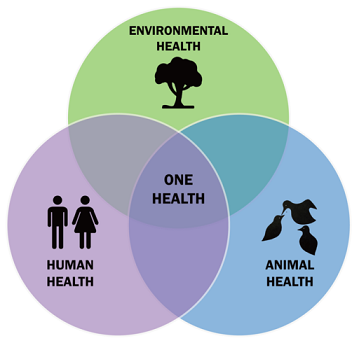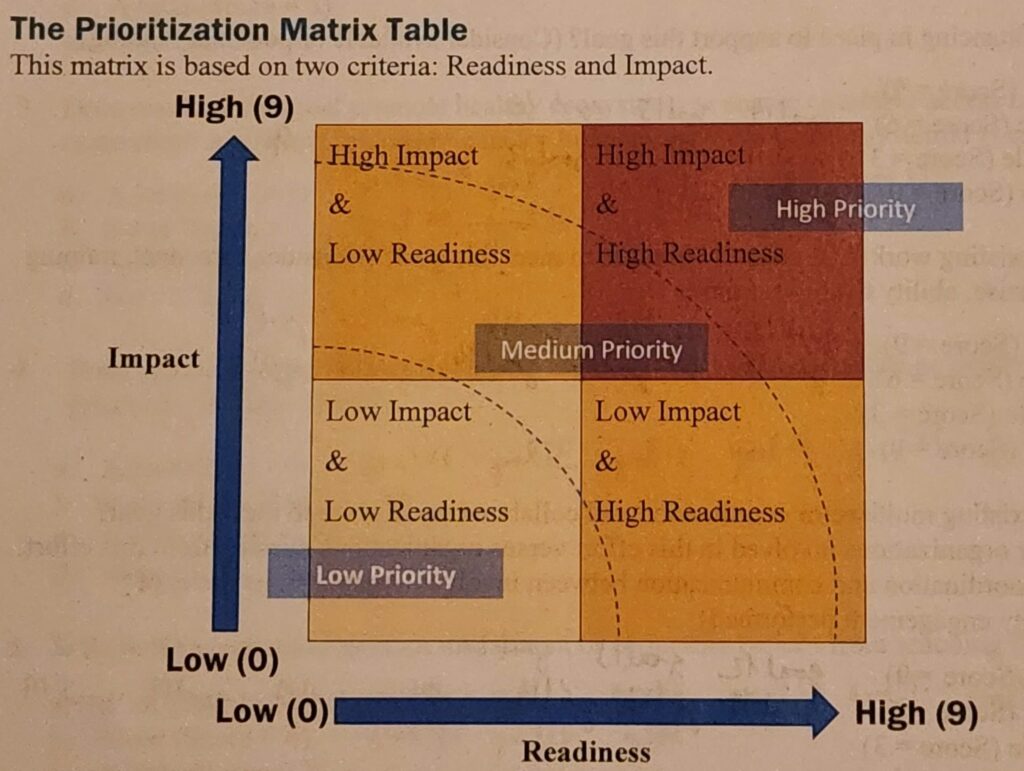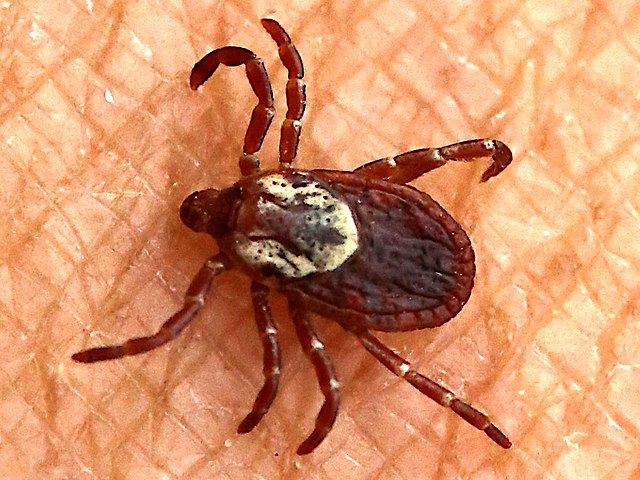[ad_1]
Krisztian Magori, an Associate Professor at the Department of Biology at Eastern Washington University, reflects on the benefits of attending workshops to keep up with novel research and develop connections with the professional community.

This Winter, I received an invitation to participate in a One Health Assessment Workshop organized by the Washington State Department of Health (WADOH). According to the CDC, One Health is:
“…a collaborative, multisectoral, and transdisciplinary approach — working at the local, regional, national, and global levels — with the goal of achieving optimal health outcomes recognizing the interconnection between people, animals, plants, and their shared environment.”
The purpose of this two-day workshop was to bring together practitioners across the human, animal and environmental health sectors, develop new collaborations and partnerships between them, understand the benefits and barriers to progress in One Health, and get their input in prioritizing One Health needs. The outcome of this workshop will be a written report due this summer that will guide funding, program activities and policy decisions.
The organizers succeeded in bringing together a wide array of about 100 professionals across many sectors of One Health in Washington State. In addition to staff from WADOH, these included epidemiologist from local health departments, staff from relevant State agencies such as Washington Department of Fish and Wildlife, professionals working at Mosquito Control Districts, veterinarians working in various roles across the state, and academics from several institutions, such as University of Washington One Health Center and from the Washington State University College of Veterinary Sciences.
After a few short introduction slides, we were instructed to select one out of 10 working groups with different pre-defined topics, such as antimicrobial resistance, decreasing contaminants, or disaster preparedness, etc. On the first day, I selected “Improving vector surveillance data practices”, of course. Students from various institutions guided us through a process based on the One Health Theory of Change. We discussed both the barriers and weaknesses, and the strength of existing resources and best practices. We then brainstormed goals for improving the implementation of the topic and were forced to pick a single goal. For example, in our group, we identified community building as a critical need, which will facilitate additional benefits, such as data sharing between stakeholders in vector surveillance. We also designated WADOH as the agency that should lead the charge in this community building.

The prioritization table we used at the workshop
After lunch, facilitators from each of the 10 groups shared what they learned from the participants at each of their table. An overarching theme was the need to build community, and the need for more funding to support One Health collaboration and practices. The audience was invited to comment and ask questions, but it was hard to reflect on a specific topic based on just these summaries. At the end of this session, we were provided with an “in-class activity” sheet to rank each of the 10 topics that was discussed in terms of impact of the goal that was identified by the working group, and our perceived readiness to implement that goal. Once we calculated our scores for each goal corresponding to each topic, we were asked to mark these along the two axes of impact and readiness. We capped off the day by building more community over dinner!

A sample of discussion notes on climate change and health from the workshop
On the second day, we listened to a couple of amazing presentations (including one on applying the determinants of health framework to wildlife health) and continued with a similar assessment for an additional 10 topics. This time, I chose “Coordinating climate change and health and One Health efforts”. I learned at this table that climate change is already impacting One Health in Washington State. One staff member from a Local Health Jurisdiction stated that the majority of their emergencies are climate related. At the same time, others talked about how climate change cannot be mentioned in other parts of the State without risking public resistance. The need to coordinate was again highlighted, as there are many separate data sources about climate, health and the environment across the State, but not even a single list of such data sources exist. The lack of ability to connect these disparate data sources makes it difficult to draw any connections between climate change and health. One solution suggested was to create a Climate Health data tool that would allow researchers to predict the projected impact of climate change on health based on different scenarios. Overall, coordination and community building of stakeholders was again identified as the most critical goal.

Female Dermacentor variabilis
Overall, I very much enjoyed participating in this workshop, learning new things and meeting new people, and I very much appreciate being invited by the organizers. It was kind of a continuing education opportunity for me. For example, I learned that one of the local tick species I routinely collect with students, is actually a different tick species than what we were thinking all along. Dermacentor variabilis (the American Dog tick), is the most common three-host tick species in the United States. Previously, it was though to have a bimodal distribution, widespread in the Eastern US, but also present in pockets in the Western US, including my area. Lado et al. recently published a paper designating the ticks found in the Western US as a new species, called Dermacentor similis, based on both molecular and morphological differences from Dermacentor variabilis found in the Eastern US. Had I not gone to this workshop, I probably wouldn’t have heard about this development, and would have taught outdated information to my students. Recognizing these ticks as a new species will further raise questions of vector competence, as they might transmit other pathogens than Dermacentor variabilis.
While many of the working groups identified WADOH as the agency to lead the identified goals on most One Health topics, such as community building, staff at WADOH made clear at the end of the workshop that they don’t have the resources or manpower to do that. Instead, they turned that task back to us, the community of professionals, to pick up the mantle and take charge, including securing funding for our goals. As they say, “the cavalry isn’t coming”, and “we are the cavalry”. The workshop also successfully reminded me of why I do what I do, and that I do have a community of other professionals across the State who share my passion and goals in working towards protecting the health of people, animals, plants and their environment through a One Health framework. Keeping up-to-date with research is hard, especially for mid-career professionals working at primarily teaching-focused institutions, and opportunities like this workshop, and sources such as Bugbitten, provide an invaluable service for that!
[ad_2]
Source link